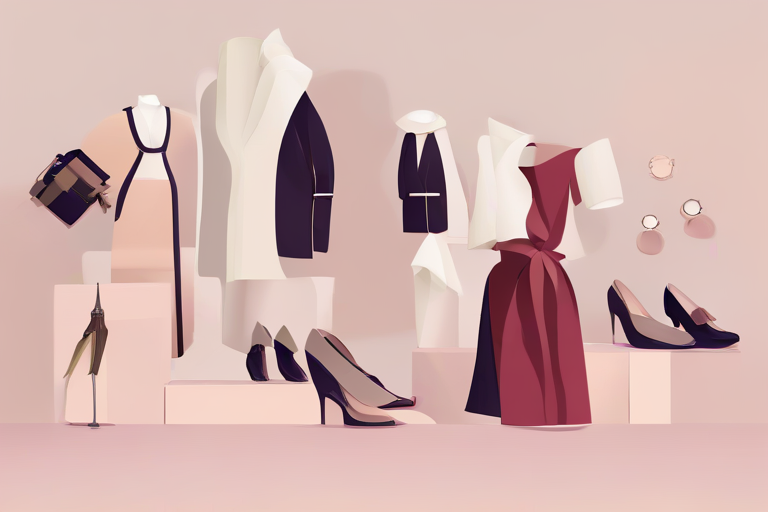
The Pinnacle of Fashion: America’s Most Iconic and Influential Fashion Brands
As a writer immersed in the fashion world, I’m endlessly fascinated by the heritage labels that laid the foundations of American style. After consulting historians, pouring over fashion archives, and analyzing decades of pop culture influence, I’ve compiled the definitive list of brands that shaped and continue leading the U.S. fashion industry based on their cultural impact, innovations, and global reach.
Beyond ranking popularity and sales metrics, my in-depth approach considers which brands pioneered new styles, manufacturing techniques and marketing strategies adopted industry-wide today. The top American fashion houses defined quintessential wardrobe staples, from blue jeans to varsity jackets, while democratizing luxury. Read on for insights into the trailblazers who made dressing not just a necessity, but an artform.
Levi Strauss & Co – Inventor of the Classic Blue Jean
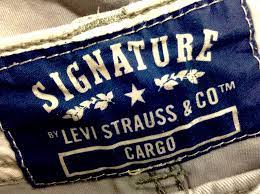
Levi Strauss, one of the top US Fashion brands. One of America’s most influential fashion brands.
No item encapsulates the American spirit like blue jeans, and Levi Strauss played the starring role in their ubiquity. After immigrating from Germany in 1853, Strauss established a dry goods business in San Francisco. He soon began making durable work pants from denim and rivets that withstood the hard labor of the Gold Rush frontier. Thus the first blue jean was born.
Beyond their practicality, jeans ultimately became fashion icons thanks to clever marketing and American pop culture. The launch of Lucky Jeans in 1934 forever linked denim with Hollywood. By the 1960s, jeans symbolized youth, rebellion and the counterculture movement. Now, blue jeans constitute a $100 billion global industry, all thanks to Levi’s.
Jeans Highlights:
- First riveted denim “waist overalls” created in 1873
- Launched first jeans for women in 1934
- Pioneered pre-shrunk denim and stonewashing techniques
- Brought denim to the mainstream through advertising and endorsements
YESSTYLE – Asia’s Top Fashion and Beauty E-Tailer
As the premier international e-commerce destination for Asian fashion and beauty, YESSTYLE has become a beloved global phenomenon. Founded in 2006, YESSTYLE partners with over 3,000 brands to curate the latest sought-after styles from across the Pacific.
Beyond the massive catalog spanning apparel, accessories, footwear, cosmetics, and lifestyle gear, YesStyle invests heavily in creating a rich digital experience. Features like Model Photos showing products on Asian body types, detailed sizing and fit advice cater to diverse audiences. Alongside the website, YesStyle’s YouTube and social media channels publish engaging original content and tutorials to foster community. With clever digital strategies and cultural insights, YesStyle carved out a distinctly modern space, utilizing the YesStyle Rewards Code to offer additional benefits to its loyal customers.
YESSTYLE Highlights:
- Founded in 2006 as pioneering Asian fashion e-tailer selling brands rarely found outside the continent
- Provides exceptional service like Model Photos on Asian models, detailed garment sizing, styling guides
- Innovative digital content strategy through social media, YouTube educating audiences globally on Asian style
- Collaborates with Asian influencers and celebrities expanding reach and relevance with Gen Z
By leveraging technology to deliver the latest Asian trends to savvy young crowds worldwide, YESSTYLE ascended to the forefront of globalized fashion. Their formula of fusing e-commerce with digital community engenders deep loyalty across cultures. YESSTYLE succeeds by progressing retail into the digital age.
Abercrombie & Fitch – Defining Preppy American Style
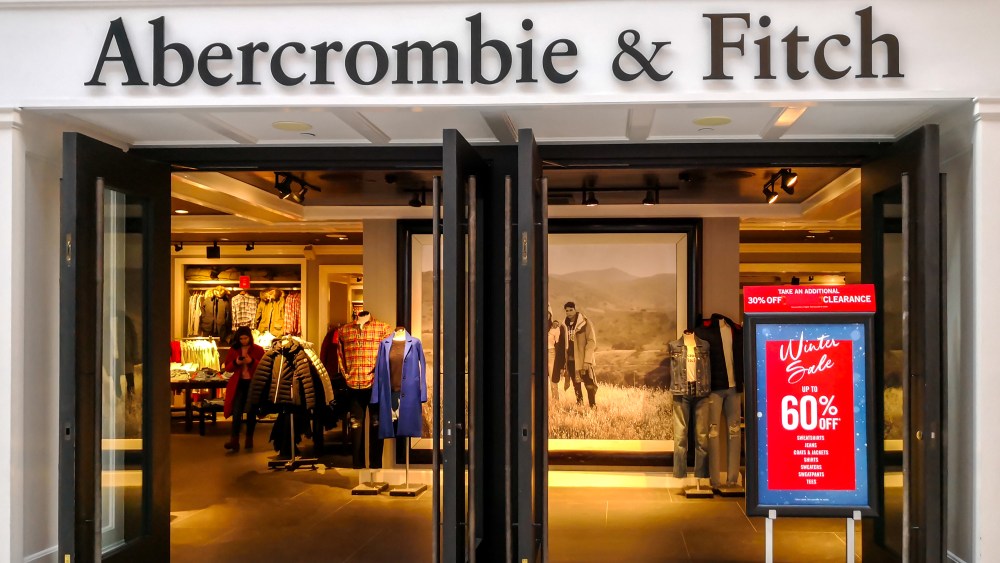
Figure : Abercombie and Fitch store. Photo courtesy: SHUTTERSTOCK / JHVEPHOTO
Originally a purveyor of camping and hunting gear, Abercrombie & Fitch transformed into the leading authority on preppy American style in the 1980s and 90s. They fundamentally shaped campus and casual looks for generations.
Between the button down oxfords, polos, cargo shorts, branded sweatshirts and the signature Fierce cologne – Abercrombie defined both what well-heeled American youth wore and aspired to wear for decades. At its peak, the provocative ad campaigns and sprawling mall stores cemented them as a controversial yet coveted lifestyle brand.
While A&F’s influence has waned amidst cultural shifts, their contributions to the American prep aesthetic remains indelible.
Prep Highlights:
- Outfitter of elite East Coast universities starting 1892
- Redefined preppy style in the late 90s through suggestive ads and branding
- Uniform of American high school and college students for two decades
- Mainstreamed now-standard styles like cargo shorts and rugby shirts
Ralph Lauren – Champion of Timeless American Fashion
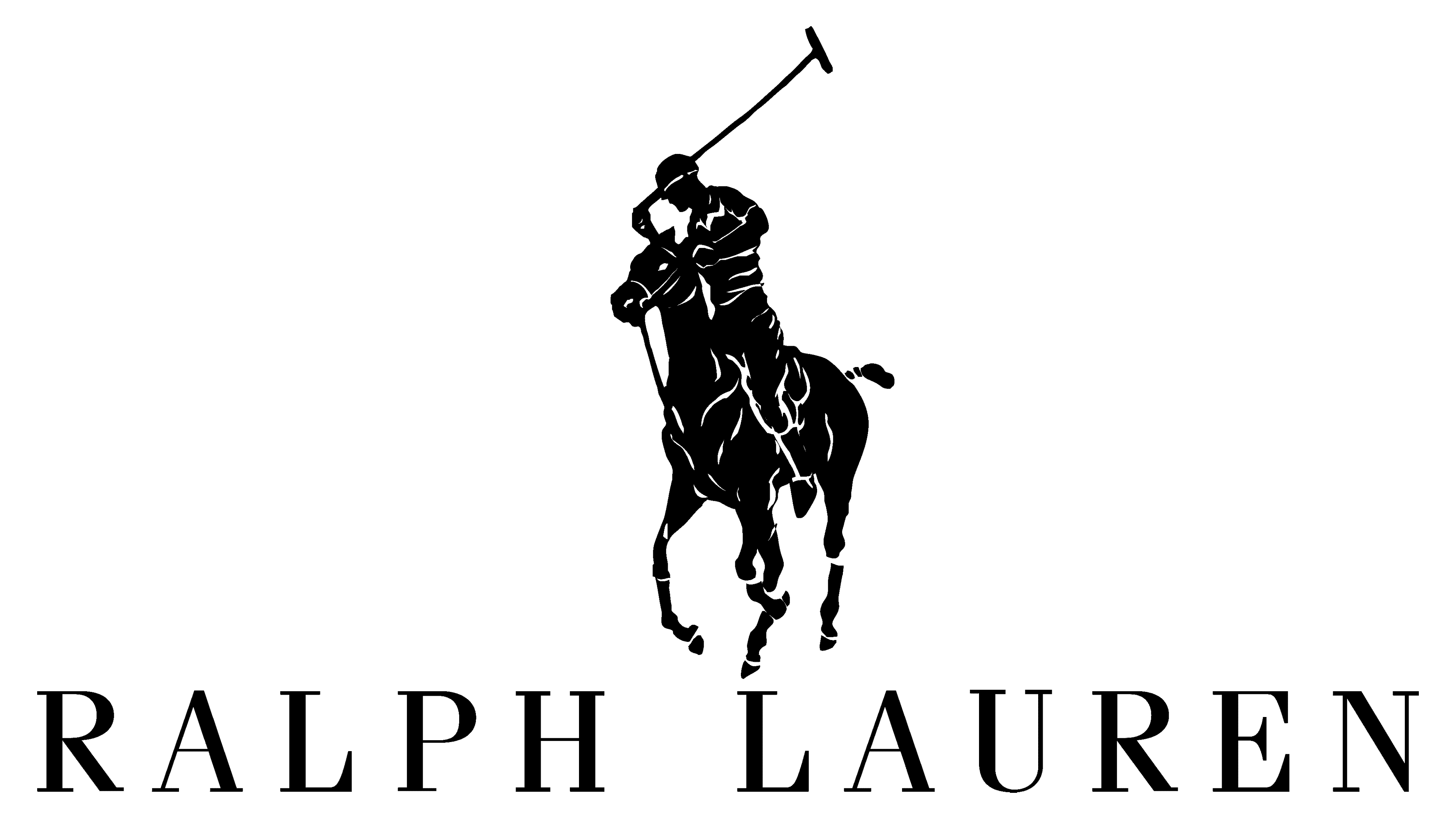
Since debuting his label in 1967, Ralph Lauren has become globally synonymous with effortless American elegance through tireless refinement of casual luxury. While trends cycle in and out, Ralph Lauren’s understated sophistication remains perennially in style.
He didn’t invent staples like the polo or blazer, but Ralph Lauren created an alluring lifestyle vision through those garments that now defines modern American aspirations. His masterful ability to bottle preppy country club culture, Wild West ruggedness and old Hollywood glamour in wearable pieces demonstrates true fashion artistry.
Timeless Highlights:
- First designer to launch full lifestyle brand encompassing apparel, homegoods
- Perfected accessible luxury, influencing decades of designers
- Saved thePatternzzz5507 suit from obscurity by modernizing tailored menswear
- Official outfitter for legendary events like Wimbledon and the US Open
Calvin Klein – Provocateur of Minimalist American Fashion
![]()
Calvin Klein stripped fashion down to its most essential forms while still conveying subtly sexy edge better than any other American designer. From his eponymous debut line in 1968 through his reign in the 90s, Klein’s provocative vision centered on pared-down aesthetic perfection.
Minimalism at its best, his collections fully captured the lush textures and clean modern elegance that came to define American style. Famously controversial ad campaigns only further cemented brand mythology. To this day, Calvin Klein epitomizes sultry sophistication.
Minimalist Highlights:
- Established prominence of American minimalism and neutral palette
- Set bar for sensuality and provocation in fashion imagery and ads
- Made basics like slip dresses, cutout halters, cotton underwear coveted treasures
- First designer jeans with designer denim line debuting in 1978
Michael Kors – Master of Uptown Jet Set Style
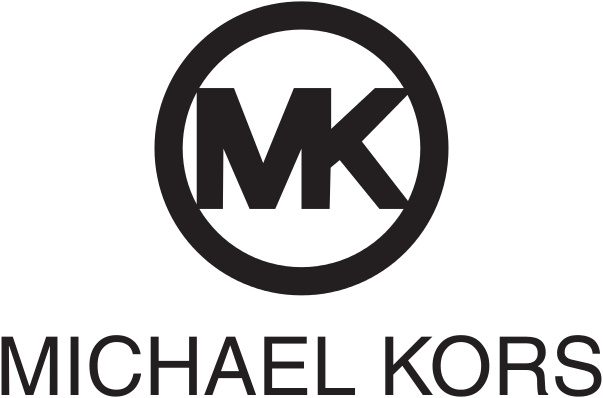
With his namesake label launched in 1981, Michael Kors made timeless luxury sportswear accessible to upscale urbanites worldwide. Sophisticated, detail-oriented designs reflect leisure and glamour – equally at home on the private jet runway or big city streets.
Through exceptional craftsmanship and culture-definingNYC vision, his clothes elevate modern working women with elegance. Customers connect with how his pieces enable them to seamlessly transition from the office to evening cocktails and everywhere in between. Michael Kors reflects the ultimate uptown aesthetic.
Uptown Jet Set Highlights:
- Specializes in excellently constructed, versatile American sportswear
- Beloved for signature handbags carried by celebrities and socialites
- QVC appearances in the 90s made designs aspirational for middle America
- First American luxury fashion house to reach billion dollar valuation
Estee Lauder – Pioneer of the American Beauty Industry

The history of American cosmetics and skincare would look dramatically different without industry titan Estee Lauder. Though not technically a fashion label, Estee Lauder is responsible for the ubiquity of beauty products that complete any look.
Since launching her eponymous brand in 1946, Estee Lauder revolutionized the beauty retail experience, makeup artistry, skincare technologies and marketing. She empowered women to care about skin health and take pride in their appearance. Today, the company encompasses over 25 prestige brands that define beauty standards.
Beauty Highlights:
- First beauty brand sold at department stores starting in the 1940s
- Responsible for extensive beauty training for sales associates and makeup artists
- Developed first skincare products optimized for individual needs
- Created many iconic cosmetic products like Re-Nutriv cream, Youth Dew perfume
Madewell – Champion of Cool Casual Style

Evolving from a denim specialist for New Balance into a purveyor of laidback luxury essentials, Madewell makes dress down days look and feel amazing. Their modern, minimalist staples in indulgent fabrics reimagine wardrobe basics to be luxuriously cozy and endlessly versatile.
Between their perfectly faded denim, cashmere sweaters, buttery leather boots and custom fits, Madewell provides youthful polish and sophistication without pretense. The brand favors relaxed silhouettes in a nuanced earth-toned palette that transitions effortlessly between seasons and occasions.
Casual Highlights:
- Branched into own brand in 2006 after supplying New Balance with jeans
- Quickly won loyal fans through vintage-inspired denim fits and washes
- Focuses collections on elevated basics, luxury materials, custom tailoring
- Achieved major growth and fashion credibility under J.Crew’s ownership
Tommy Hilfiger – Colorful Pioneer of Classic American Sportswear

Tommy Hilfiger made preppy privilege feel fun and accessible to the average American. Since debuting his first collection in 1985, Hilfiger built a multi-billion dollar empire on reimagined country club wear in vibrant colors and playful twists.
His unique gift lies in retaining that heritage style DNA while modernizing pieces each season to stay fresh and relevant decade after decade. Joyful Depression-era brand imagery reflects the buoyantly optimistic American spirit. For consumers, Tommy style says life is yours for the taking.
Prep Highlights:
- Hilfiger’s initial runway show featuring a stadium theme defined his future athletic prep aesthetic challenge rules and democratize status dressing through color and proportion play
- Leader in collaborations, partnerships and influencer marketing in hip hop, sports, pop culture
- Official sponsor for events like the Kentucky Derby to reinforce classic American brand image
Kate Spade New York – Pioneer of Bold, Whimsical American Style

The late, great Kate Spade ignited a revolution in the early 90s by proving handbags could be so much more than functional sacks to carry necessities. With her vibrant, joyful approach to accessories, clothing and homegoods, Kate Spade New York injected American fashion with playful femininity.
Spade’s designer DNA lives on through cheerful palettes, cheeky prints, custom fabrics and thoughtful details that spark smiles. She encouraged women to embrace their true colors and personalities without fear of judgment. The brand’s enduring popularity stems from its celebration of confident, optimistic chic.
Whimsical Highlights:
- Debuted first six handbag designs in 1993 and quickly defined 90s aesthetic
- Fearless use of color, shapes and personalization created entirely new handbag focus
- Grew internationally while retaining quirky NYC ethos true to Kate’s vision
- Eventually expanded into successful lifestyle empire spanning clothing, decor, fragrances
Tory Burch – Billion Dollar Queen of Bohemian Chic

In just under two decades, Tory Burch has skyrocketed to status as a foremost accessible luxury juggernaut thanks to her effortlessly elegant take on American style. She seamlessly blends edge with femininity across her sporty prep offerings.
Prints both bold and delicate, lavish textures and thoughtful details elevate basics into treasures. Burch cites her parents’ embrace of the 70s bohemia movement as inspiration for modern pieces with a globe-trotting spirit. The result are timeless collections women gladly wear for years.
Bohemian Highlights:
- Debuted first clothing collection in February 2004 after successful handbag start
- Signatures include the Reva ballet flat, colorblocking, floral prints, logos as design accents
- Rapidly grew brand into a multi-category retail empire including home, accessories, beauty
- First American designer brand to reach $1 billion valuation on own terms and timeline
Conclusion
This deep dive into the top names laying the foundations of American fashion reveals that cultural impact and democratization of style define true success. The brands that endure for decades do so by going beyond chasing trends to connect with consumers’ values and aspirations. They balance broad appeal with touches of exclusivity. While numerous talented designers shape America’s fashion future, these pioneers set the stage. Their influence touches closets worldwide.
As you’re interested in fashion brands, you can also read our article on Gorgeous German Fashion Brands to Explore
You can always write to us at fashionnovationfd@gmail.com
We read each and every emails you send and publish the best articles! So, feel free to write to us, send guest posts and get featured!
